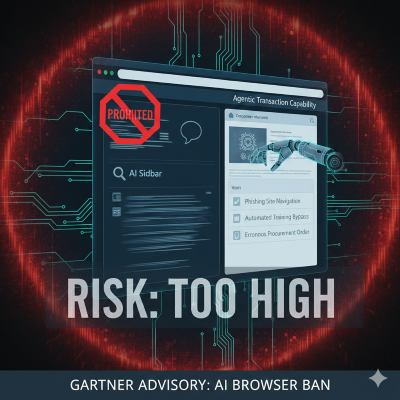tryhackme
-
TryHackMe | Advent of Cyber – Day 16: Forensics – Registry Furensics
This one was confusing. I didn’t think the instructions did a great job here. I had to watch the video.
-
What’s New in Cybersecurity This Week: Projects, Videos, Articles & Podcasts I’m Following – 12/8/25
Welcome to my weekly cybersecurity roundup! Here, I share updates on the projects I’m currently working on, along with the most insightful cybersecurity videos I watched, articles I found valuable, and podcasts I tuned into this week. Featured Analysis Featured article analysis: Block all AI browsers for the foreseeable future: Gartner Based on the advisory
-
TryHackMe | Advent of Cyber – Day 10: SOC Alert Triaging – Tinsel Triage
If you have issues as I did here skip the pain and fast forward to: 32:45










